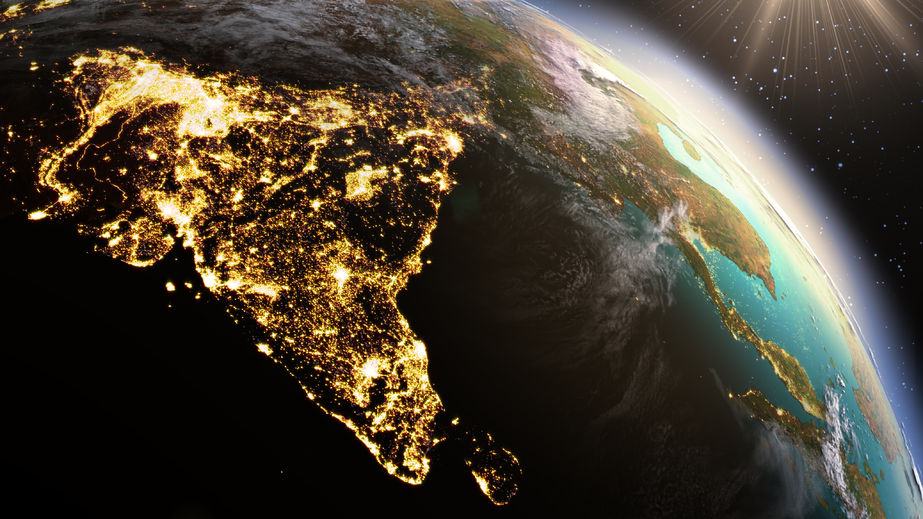The development of a country depends on the initiatives taken by its citizens. We have to fix certain milestone before starting the real process of development. It will be great if we fix 2030 as a milestone and make the necessary plans to reach there.
A clear picture of how India will look in the year 2030 will help us appreciate the necessary steps to be taken now.
S&P Global mentioned that India’s economic growth will depend on two key factors: using its labor force effectively and involving women in various sectors. If India succeeds in these areas, it can fully benefit from its demographic dividend.
Additionally, India’s digital sector has seen remarkable growth, which could significantly boost the economy in the years ahead. According to S&P, India’s automotive industry is also well-positioned for development, thanks to infrastructure, investment, and innovation.
China is currently in second place with a GDP of $18 trillion, behind the United States at $25.5 trillion. S&P predicts that by 2030, India’s GDP will reach $7.3 trillion, surpassing both Japan and Germany.
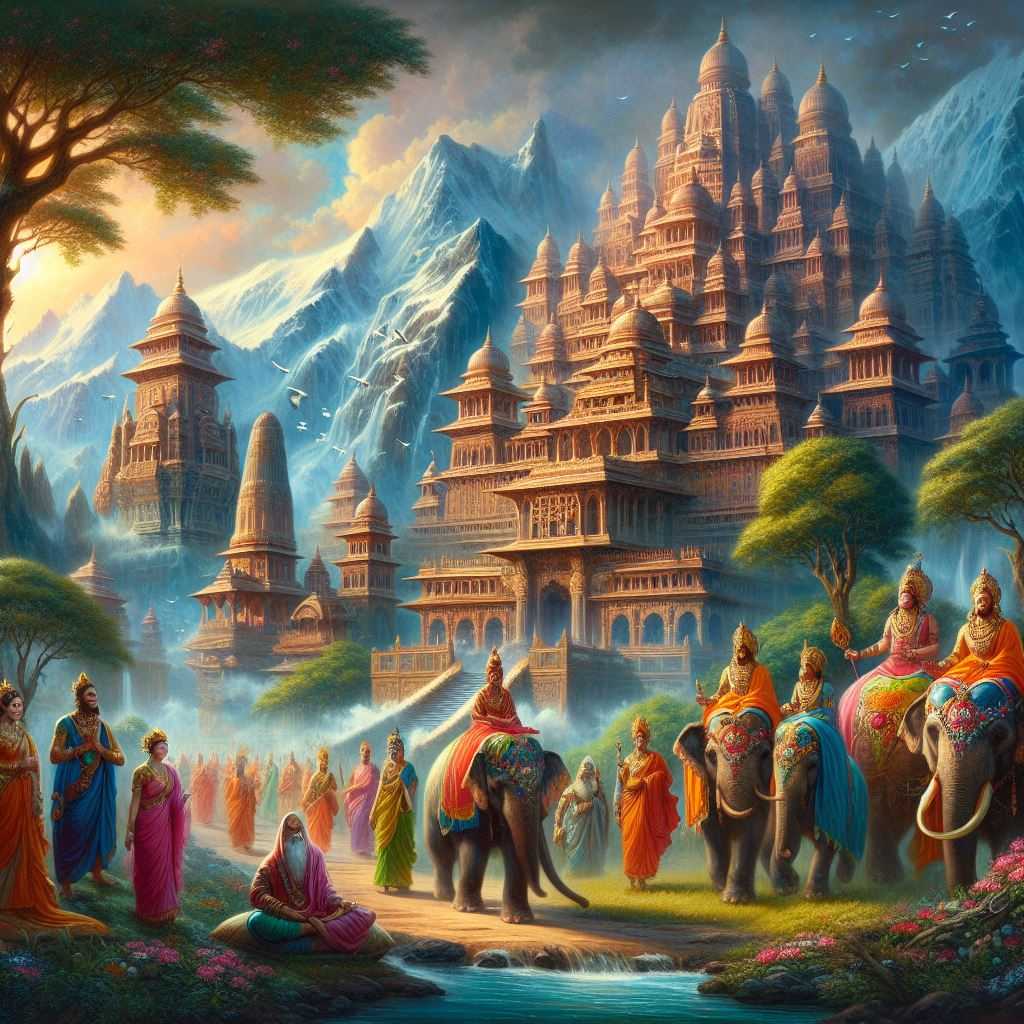
Indian Economy in Past
Rich Past: India enjoyed a remarkable status as one of the wealthiest countries globally for nearly 2,500 years. This era began around the end of the 1st millennium BC and extended until the early days of British rule in India.
500 BC: During this period, the Mahajanapadas (ancient Indian states) minted silver coins with distinctive punch marks. Intense trade and urban development characterized this time. By 300 BC, the Maurya Empire had united most of the Indian subcontinent, including regions like Tamilakam, ruled by the Three Crowned Kings. This unity led to a common economic system, enhanced trade, and improved agriculture.
Classical and Medieval Kingdoms: Following the Mauryas, various classical and early medieval kingdoms emerged. These included the Cholas, Pandyas, Cheras, Guptas, Western Gangas, Harsha, Palas, Rashtrakutas, and Hoysalas. Remarkably, during the period from the 1st to the 18th centuries, the Indian subcontinent boasted the world’s largest economy. Around 1–1000 AD, India contributed roughly 30% of the global GDP, and by the year 1000, an estimated 28.5% of the world’s population lived in India.

High Medieval Era: Coinciding with the Delhi Sultanate, India experienced per-capita GDP growth. However, by the late 17th century, much of the subcontinent was reunited under the Mughal Empire. The Mughals once again became the largest economy and manufacturing powerhouse globally, accounting for about a quarter of global GDP. Unfortunately, the empire fragmented and faced conquests over the next century.
Bengal Subah: Notably, the wealthiest province within the Mughal Empire was Bengal Subah. It alone accounted for 40% of Dutch imports outside the Western world. Bengal excelled in agriculture, textile manufacturing, and shipbuilding, marking a period of proto-industrialization.
18th Century: In the 18th century, the Kingdom of Mysore embarked on an ambitious economic development program. This effort established Mysore as a major economic power in the region.
Let’s come back to the modern era.
Dr. APJ Abdul Kalam’s vision for the year 2020 will fall short, so 2030 should be the new target year. Some of the perspectives on the looks of India in the year 2030 in terms of its military, technology, power, money, development, infrastructure, digital economy, and other aspects are discussed below:
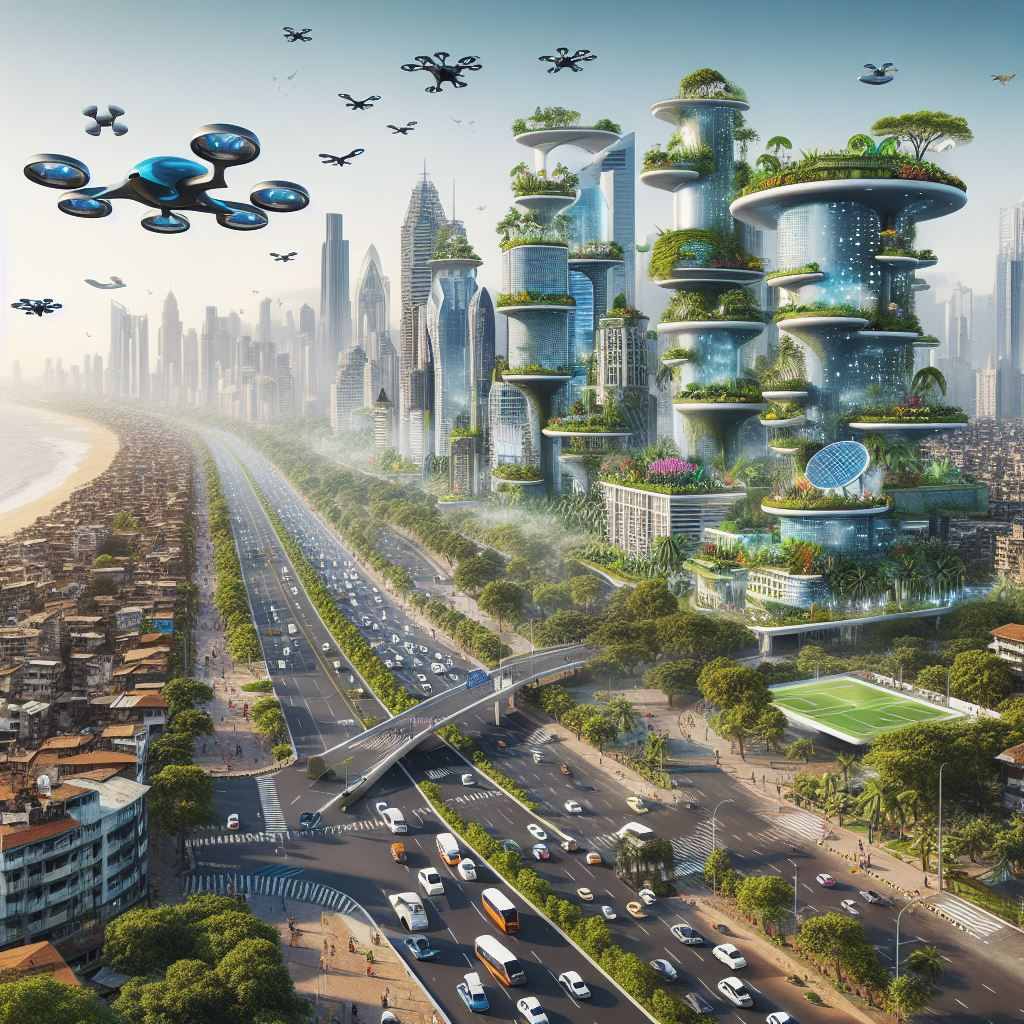
Digital Indian Economy in 2030
The Digital Public Infrastructures (DPIs) are expected to contribute significantly to India’s economy. By 2030, they could potentially add 2.9% to 4.2% of the GDP, a substantial increase from the 0.9% recorded in 2022. These DPIs will play a crucial role in propelling India toward an impressive $8 trillion economy by 2030, while also helping achieve the goal of a $1 trillion digital economy. Let’s explore how:
- Ayushman Bharat Digital Mission (ABDM): This initiative aims to enhance healthcare services for citizens. By improving health outcomes, it can lead to increased labor productivity.
- ONDC (Open Network for Digital Commerce): Expected to boost the country’s retail spending, ONDC will contribute to economic growth.
- Aadhaar: India’s unique identification system, Aadhaar, will continue to be significant as its applications expand to a wider range of services.
- Digital public infrastructures (DPIs), both established and emerging, are integrating innovative technologies like AI, Web3, and the metaverse. This opens up significant opportunities.
- However, there are challenges to adopting DPIs:
- Lack of interconnectedness among different stakeholders.
- Real-time data availability is limited.
- Language barriers hinder user access in preferred languages.
- Future partnerships beyond government services need attention.
- To unlock the full potential by 2030, stakeholders must focus on key imperatives:
- Government agencies should provide proactive policy support and regulatory clarity.
- Promote existing digital ecosystems through task forces that drive adoption and foster innovation via partnerships with corporations and start-ups.
- Matured DPIs (such as UPI, Aadhaar, GSTN, and FASTag) impact around 1.3 billion citizens, covering 97% of India’s population.
- These matured DPIs have collectively created value worth $31.8 billion, equivalent to 0.9% of India’s GDP in 2022. For instance, Aadhaar has significantly reduced leakages in direct benefit transfers, contributing an economic value of $15.2 billion.
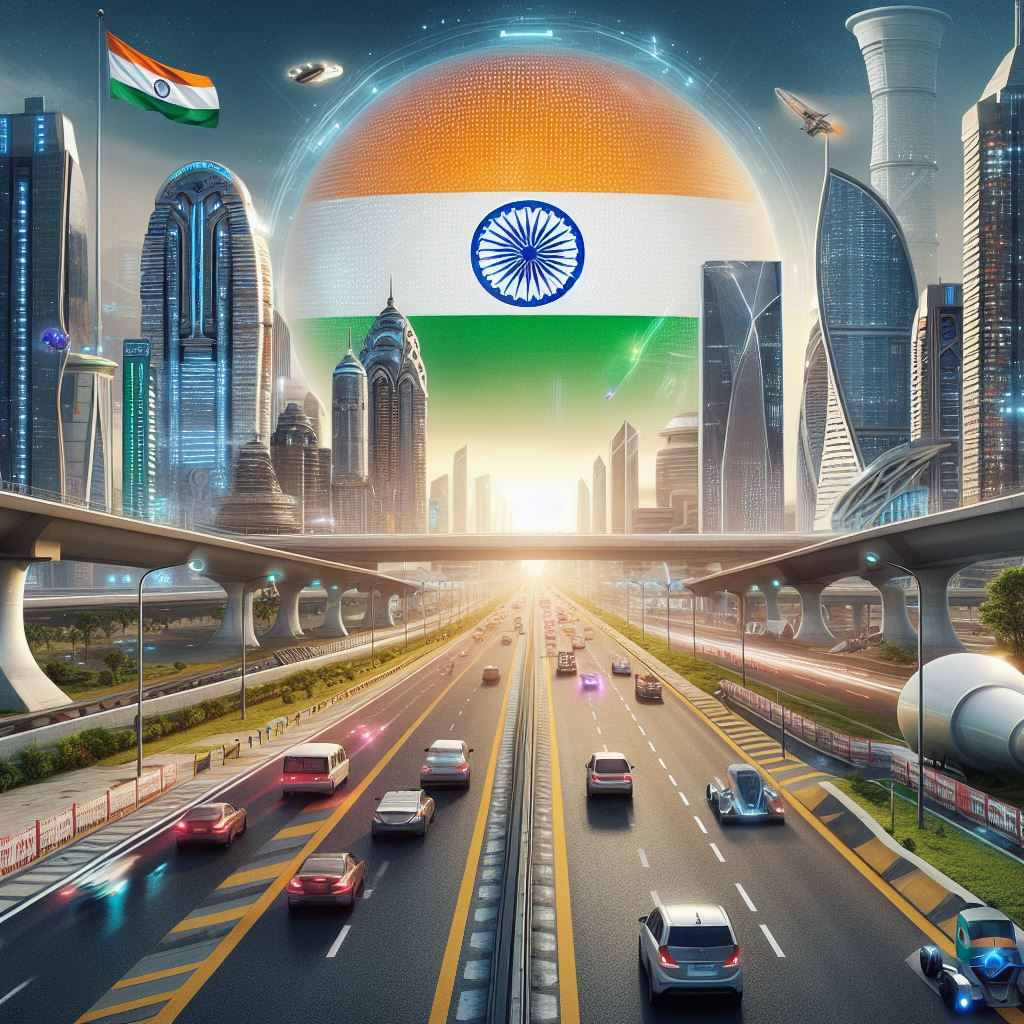
Indian Infrastructure in 2030
- Infrastructure Transformation: India is embarking on an ambitious journey to transform its infrastructure. This involves significant investment expected between fiscal years 2024 and 2030.
- Doubling Infrastructure Spending: According to CRISIL, India plans to double its infrastructure spending, reaching around Rs 143 lakh crore over the next seven fiscal years leading up to 2030. This is a substantial increase compared to the approximately Rs 67 lakh crore spent between 2017 and 2023.
- Green Initiatives: Notably, a significant chunk of this investment—about Rs 36.6 lakh crore—is earmarked for green initiatives. This marks a fivefold increase compared to the previous seven fiscal years.
- Economic Implications: Amish Mehta, the Managing Director & CEO of CRISIL Ltd., highlights the impact of this investment surge. India’s gross domestic product (GDP) is projected to grow at an average rate of 6.7% through 2031. Consequently, per capita income is expected to rise from around $2,500 to approximately $4,500, positioning India as a middle-income country.
- Urban Infrastructure Transformation: Over the past decade, India has witnessed a monumental transformation in its urban infrastructure. Unprecedented growth and improved connectivity throughout the nation are the results of the government, under the leadership of Prime Minister Modi, remaining steadfast in its commitment to development.
- Revamping Indian Railways: A significant part of this transformation involves overhauling India’s railways. Indian Railways has undergone a remarkable change after previously suffering from inefficiencies. Key highlights include:
- 25,000 kilometers of new railway tracks have been laid, surpassing those in developed countries.
- 94% electrification of railways.
- Elimination of unmanned rail crossings for safety.
- Introduction of bio-toilets, GPS-based tracking systems, and online reservations for passengers.
- Initiatives like the Dedicated Freight Corridor and indigenous semi-high-speed trains like the Vande Bharat Express and Namo Bharat signify a new era of speed and excellence in railway travel.
- Road and Highway Development: India’s road and highway sector has also seen remarkable growth.
- Over 55,000 kilometers of highways have been constructed in the last decade.
- Projects like Bharatmala Pariyojana improve connectivity and address needs in underserved areas, economic hubs, and tourist destinations.
- Multi-modal connectivity is prioritized through initiatives like the PM Gati Shakti Yojana and the National Infrastructure Pipeline.
- These efforts reflect India’s commitment to creating a well-connected and efficient infrastructure network.
Indian defense in 2030
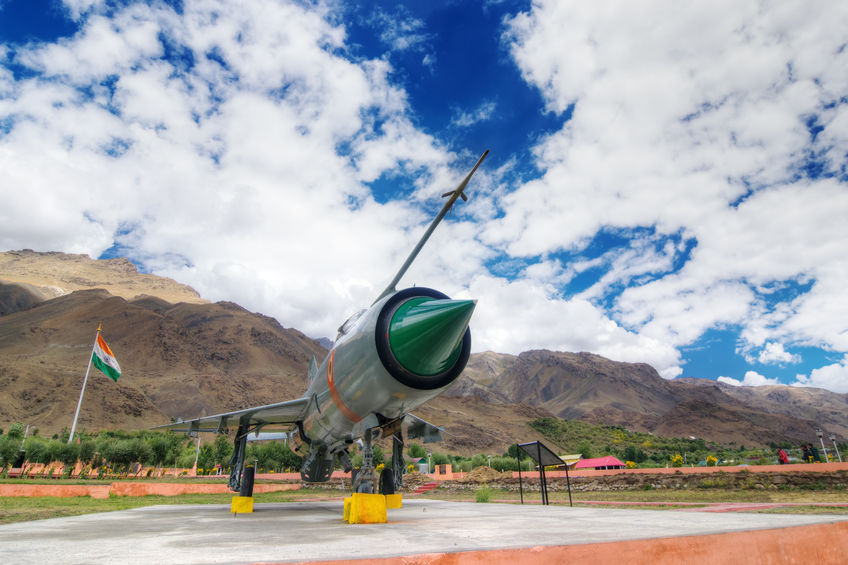
Parth Jindal, representing the JSW Group, highlighted that India boasts an enormous defense budget of USD 73.8 billion. Looking ahead to 2030, the Indian defense budget is projected to soar to an impressive USD 200 billion. Notably, capital outlay constitutes a significant portion of this defense budget, and it is precisely in this area that JSW perceives a promising opportunity.
The stability of a country greatly depends on the military strength it has garnered through centuries.
India will be the third largest country by the military expenditure with an astounding military budeget of 183 billion dollars.
I can see India being placed among the top 4 military powers in the year 2030. If we look into the past, the Indian military had played a major role in World War I and II. This legacy will reach its epitome in the year 2030.
At present, the Indian army has an active strength of 1.3 million and a reserved strength of 2.1 million. In the years 2023–2024, the country was ranked among the top four world armies and is considered a vital land combat force.
With the active involvement of the BJP government, India will be seen as the top land army in the year 2030.
By improving the combat and tactical techniques, replacing old equipment and weapons with new, advanced ones, and addressing the major lacunae, it can reach the top spot in the coming 10 years.
One of the major advantages for India is its rising young population which will help in increasing the count for Indian army.
It has to surpass only two giants namely China and the USA to become unbeatable.
The growing manpower of India will definitely help India surpass the other countries in terms of strength by 2030.
For technology and war weapons, we are dependent on the USA and France, but the “Make in India” initiative will make the country self-sufficient in manufacturing defense products by 2030.So by the targeted year, we will be producing our state-of-the-art equipment for the military.
For the safety in the air, the country has largely depended on the Indian Air force.
By the year 2030, this wing of defense will be counted as the top 3 Air force in the world. It has to compete with countries like Russia and Israel to get into the circle of top 3 lists.
The Air force of Israel is being considered as a very good combat force and no countries would like to mess with such a strong Air force.
As per the new procurement policies of the defense department, it is being planned to procure around 400 fighter planes till 2030.
We will be able to use the best fighter aircraft up until the target year, including the F-35, F-22, and Dassault Rafale, which are part of the world’s best Air Force fleet.
HAL or Hindustan Aeronautical Limited is leading from the front by helping the country in becoming self-reliant in producing own aircraft.
By 2030 the involvement of foreign players and the Indian state of art technology manufacturing agencies like DRDO and HAL will be steering as the backbone of Indian defense sector.
With a coastline of more than 6,100 km, the herculean task of the Indian Navy is really tough and remarkable.
The day is not far when we will be equipped with 15,000-ton ships like US Zumwalt , Izumo class destroyer and roar into the vast ocean of opportunities in the coming decade end of 2030. Equipped with the best flight carriers, guided missiles, and advanced radars will become India’s pride in the coming years.
Not only on the sea but we will be guarding below the sea surface with deadly and fast submarines like Seawolf class, Granula class, and Virginia class.
Neighboring countries like China and Pakistan will think twice before challenging our defense in 2030.
Indian Economy 2030
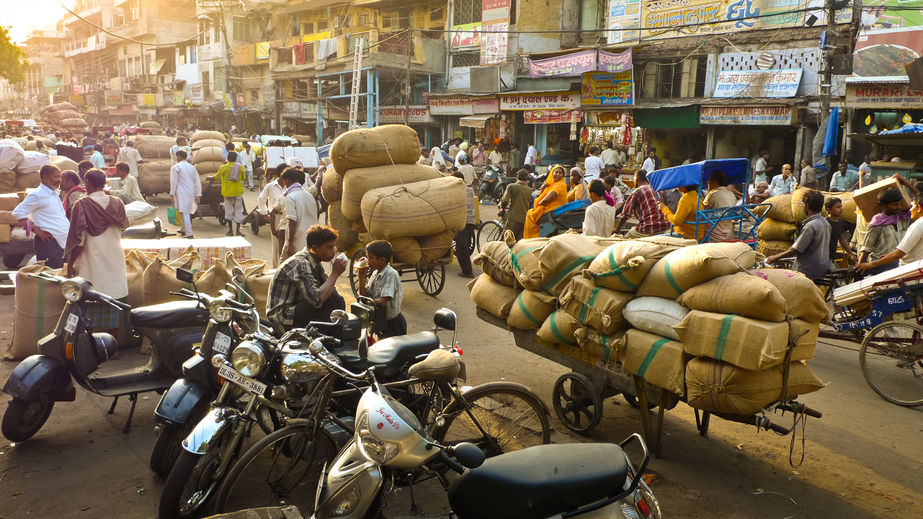
The economy of India saw a new sunrise after liberalization policy in the year 1991. Under the leadership of former Prime Minister P.V Narasimha Rao and Finance Minister Manmohan Singh the noble initiative was started.
Due to better policies and the country’s quest to emerge as a leading economy in the world, India opened its market to foreign investors. India would be a developed country by 2030, with proper implementation of economic goals.
According to predictions from some of the leading newspapers, like Economic Times, India will be the 3rd largest economy by the year 2030.
As per S&P Global, India is poised to surpass Japan and Germany and emerge as the third-largest economy globally by 2030. Simultaneously, the report highlights that India’s robust financial sector and recent structural reforms will facilitate the economy’s growth, aiming to exceed 7% in the upcoming years

In comparison to China, India is moving at a slower pace, but some economists believe India will surpass the Dragon by 2050.
The growth rate of GDP, or gross domestic product, annually in India in the year 2000 was 3.8%; in 2010 it was 10.3%; so as per the prediction, this may go up by the year 2030.
Even the per capita income will see a rise by 2030 and is estimated to reach USD 4000 on average. It can be seen as a developed nation catering to the welfare and development of its entire citizenry.
China is expected to jump to the first spot by the end of 2030, followed by the USA. The projected economy of India in the year 2030 will be approximately USD 8,000 billion.
The Indian economy will retain the top spot among the Commonwealth nations by the targeted year.
Even so, it will be far superior to some of its European counterparts, like France and Italy. The day is not far when India will be counted among the elite G8 members.
India was ahead of China in the year 1970 in terms of economic conditions, but the Dragon Nation left India behind in the year 1980 and is still growing at a faster rate.
Some of the European nations are witnessing a slowdown in their economy and may continue to see in coming years.
Agriculture and related industries, industry, and services all contribute to Indian GDP. At present, the services sector is the most vital contributor to Indian GDP and is believed to contribute by the end of the next decade.
It can be considered as a major boost for employment directly or indirectly. By contributing more than 52 % to the GDP of India, service sector is considered to be a boon for coming years.
Whereas, the contribution of Agriculture has decreased to mere 16 % and that of Industry is 31 %.
By the beginning of 2030, the statistics might be different as Industrial sector is seen as an attractive zone for investors and is crucial for improving the economy of India.
For the successful sustenance of Indian economy, the CAD or Current Account Deficit should be minimized.
Increased exports and decreased imports are two ways to accomplish this. The information technology sector is considered a boon for the Indian export industry.
The foreign currency reserves will see an increase from USD $642.631 billion in 2024 to 1 Trillion dollars by the year 2030.
India will be one of the leading economies in the world by the year 2030.
Indian Technology in 2030

There was a time when people used to plan their next holidays for months.
Now, with the advent of modern technology, Indians can book holidays to any part of India or abroad with the help of their fingertips.
Exponential Technologies: In the 2030s, several exponential technologies will dominate the landscape. These include AI, 6G, blockchain, big data analytics, cloud computing, and more. Their performance improves rapidly while costs decrease, providing an advantage to India.
5G-6G Revolution: 5G-6G is the next generation of mobile internet. It aims to increase speed, reduce delays, and enhance wireless services. While many believe the US and China will lead in 5G-6G, India is also poised to be a major player. For instance, Jio, a mobile company, is developing its own 5G technology, which is scalable and fully automated. By focusing on broadband and voice, India can take global leadership in 5G to 6G transformation by 2030s.
AI’s Impact: Artificial Intelligence (AI) simulates human intelligence using machines, especially computer systems. It encompasses technologies like machine learning, deep learning, and natural language processing. If data is the new oil, AI is the new electricity. India will leverage AI to transform services in areas like healthcare, agriculture, education, infrastructure, and transportation.
India has come a long way in terms of technology by sending Chadrayaan-3 to the Moon, and that too within a tight budget. How can we forget India as the harbinger of software technology?
India is advancing towards the new decade on the shoulders of technology.
The advent of driverless cars will be a common thing by 2030 with some precautionary measures.
Indian automobile majors will be manufacturing more electric cars and solar-powered cars as the availability of petrol and diesel will be a major issue by 2030.
The technology will see a major breakthrough with the introduction of an efficient public transport system.
Metro trains will be more often used as public transport for bulk transportation in a short time.
Bullet train technology will be successfully implemented on some of the busy routes by then.
In terms of technology, India will be competing with its giant neighbor, China, by developing the most indigenous and sophisticated technology. It has been estimated that by the beginning of 2030, India will become a processing center for VFX, or visual effects, surpassing American technology in this domain.
Many Hollywood directors will be making a beeline for our VFX experts. In terms of information technology, we will be the first choice throughout the world. Slowly, India will become the preferred headquarters for all the technology giants.
The data charges will be an affair of minimal charges because the telecom technology is changing day a by day.
Due to the increase in the number of mobile manufacturers and telecom operators, the competition will be so much that the data charges may become negligent by 2030.
Every house will be connected to the internet as the Government of India has already started converting some of the places into free wi-fi zone.
Indian medical tourism is already a game changer in the field of medical sciences. Through the use of advanced and sophisticated medical equipment and world-class doctors, we will be trying to improve the healthcare facilities for the citizens of India.
Gone are the days when we had to stand in a queue to meet a doctor as by using the user-friendly apps we can just meet the doctor by coordinating through apps.
The doctor to patient ratio of 1: 1700 will be reduced to 5: 1000 as more and more medical colleges are coming up.
The medical science in India will be so advanced by 2030 that we will be catering not only to our homeland but also to international patients from the UK, USA, and Africa.
User-friendly sensors will help the farmers to get the real time data and be prepared for the next step to be taken.
The remote sensing satellites launched by ISRO or Indian Space Research Organization will be helping the farmers by alerting them to arrival for a natural calamity.
Indian farmers will be using technology for the betterment of the agricultural sector. Thus, by 2030, India will be a tech-savvy country and a pioneer in research and development.
Indian population 2030

India population has already overtook China, and currently we are number one in the world in terms on population.
As the global scenario is changing at a faster rate, India, being a developed country, will be able to solve some major issues by 2030.
The population of India in the year 2000 was 1.042 billion and it increased to 1.206 billion by 2010. So, by 2030, the population of India will be around 1.5 billion, which will be a mammoth challenge for the country.
According to estimation, the population density per square kilometer in India will be 500.The problems that we will face due to such a huge population will include providing food, housing facilities, healthcare, and much more.
Only if we take the necessary action now will we be able to solve these issues by 2030.
The whole of India will be covered with high-rise buildings and will be expanding vertically rather than horizontally.
To accommodate the huge population India may start building houses on the seafront without compromising the ecological balance.
India will be dependent on a new green revolution so as to cater to the hunger of 1.5 billion people. India will be exporting skilled manpower to every corner of the world to reduce the stress of employment for its youth.
The humongous task to make India developed by 2030 is to its citizens. They have to make sacrifices today so that the future generation can enjoy a better future.
As the ideal time has arrived to make a plan by consulting experts of different fields and start acting immediately.
All these efforts will help Indians reach the milestone of 2030 and place India as a developed nation on the world map.
References:
https://mashelkar.com/articles/science-and-technology-in-2030/

